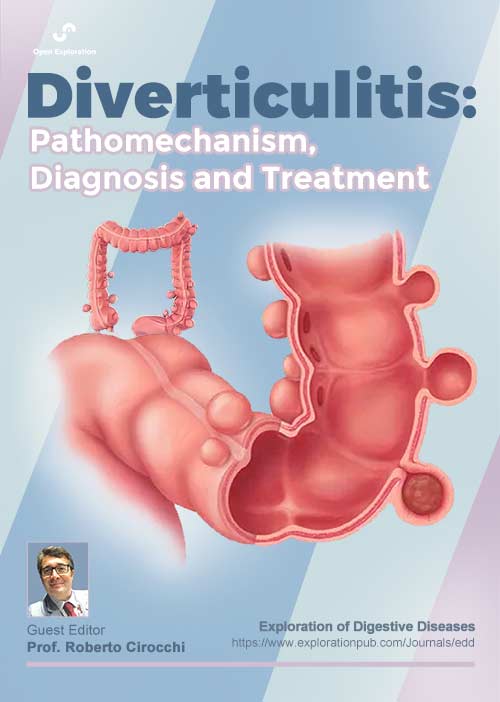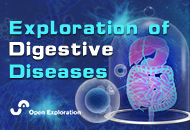
Diverticulitis: Pathomechanism, Diagnosis and Treatment
Guest Editor
Prof. Roberto Cirocchi E-Mail
Department of Medicine and Surgery, University of Perugia, Perugia, Italy
Research Keywords: surgical anatomy, digestive surgery, emergency surgery, melanoma
About the Special lssue
The rate of colonic diverticulitis varies based on factors such as age, geography, and lifestyle. The pathomechanism of diverticulitis are well-studied, although the exact cause isn’t always clear. The most recent insights of this pathology are the diet and lifestyle factors; in fact, diet affects the intestinal microbiome and inflammation, influencing diverticulitis risk. During natural history colonic diverticulitis is significant associated to its potential complications phlegmon - perforation - peritonitis - abscess - fistula - haemorrhage - stenosis) and impact on health (recurrence with a 39% risk of a second acute episode - persistent chronic abdominal pain after acute episodes in several cases).
Actually, the DICA (Diverticular Inflammation and Complication Assessment) classification and the CODA (Combined Overview on Diverticular Assessment) score play crucial roles in predicting clinical outcomes of diverticulosis. In effect DICA and CODA provide valuable tools for risk assessment and informed management decisions in diverticulitis.
In Western, Diverticular Disease plays a crucial role for prevalence, hospitalization, healthcare burden, quality of life impact, costs and management. Diverticulosis affects a large portion of the population, especially in Western countries and is a leading cause of hospitalization related to gastrointestinal illnesses associated that requires high healthcare costs related to diagnosis, treatment of complicate diverticulitis and awareness campaigns to promote prevention. Surgical options for diverticular disease depend on the severity and complications.
Nowadays, surgical treatment of diverticulitis presents several dilemmas, influenced by factors beyond clinical severity and co-morbidities:
elective vs emergency surgery;
adequate colon length for tension-free anastomosis and preservation of Inferior Mesenteric Artery;
selective imaging use for acute diverticulitis diagnosis;
routine colonoscopy after non-complicated diverticulitis resolution;
antibiotics.
This special issue of Exploration of Digestive Diseases is dedicated to focusing on the physiopathology and common clinical practice of diverticular disease. The following categories of manuscript will be considered for publication: Original Article, Review, Meta-Analysis, Systematic Review, and Case Report.
Keywords: Diverticular disease, minimally invasive surgery, post-operative complication, colectomy, damage control surgery, symptomatic uncomplicated diverticular disease, segmental colitis associated with diverticulosis
Published Articles
